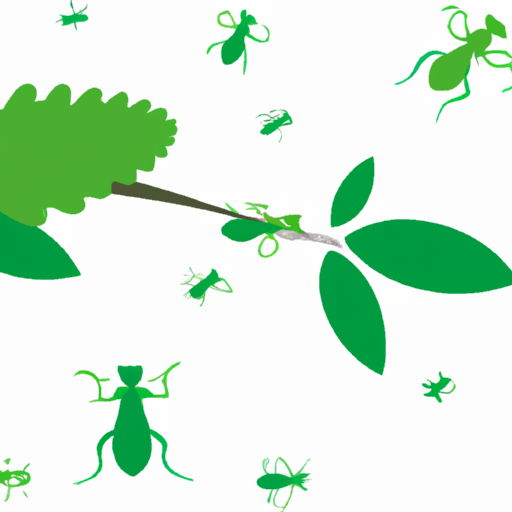 Introduction:
Introduction:
Animals, the diverse and intricate web of life, play a fundamental role in shaping and maintaining the delicate balance within ecosystems. From microscopic organisms to majestic mammals, every species contributes uniquely to the intricate fabric of life on our planet. The ways in which animals affect ecosystems are far-reaching, encompassing ecological, evolutionary, and even socio-economic dimensions. In this comprehensive article, we delve into the remarkable interplay between animals and ecosystems, exploring their roles as consumers, decomposers, pollinators, seed dispersers, and regulators of populations.
1. Consumers:
Animals occupy various trophic levels within food chains and webs, exerting a significant influence on ecosystem dynamics. As primary consumers, herbivores play a crucial role in shaping plant communities by regulating population sizes and controlling vegetation growth. By consuming plant material, they promote nutrient cycling and facilitate the availability of resources for other organisms.
Carnivores, as secondary and tertiary consumers, regulate herbivore populations, preventing overgrazing and maintaining biodiversity. Predation pressure also drives evolutionary adaptations, such as camouflage, mimicry, and defensive mechanisms, influencing the survival and evolution of species within ecosystems.
2. Decomposers:
Decomposer animals, including detritivores and scavengers, break down organic matter, unlocking essential nutrients and minerals. They play a pivotal role in the nutrient cycling process, facilitating the decay and recycling of dead plants and animals. Decomposers prevent the accumulation of organic waste, ensuring the continual flow of nutrients within ecosystems.
3. Pollinators:
Animals, particularly insects, birds, and bats, serve as vital pollinators, enabling the reproduction of flowering plants. As they move from flower to flower in search of nectar, they inadvertently transfer pollen, facilitating fertilization and seed production. Pollinators contribute to the genetic diversity and stability of plant populations, ensuring the persistence of diverse plant communities.
4. Seed Dispersers:
Animals, including birds, mammals, and reptiles, play a crucial role in seed dispersal. By consuming fruits or seeds and subsequently excreting them in different locations, animals help plants colonize new areas, promoting gene flow and enhancing biodiversity. Seed dispersal also aids in the regeneration of disturbed habitats and facilitates plant migration in response to changing environmental conditions.
5. Regulators of Populations:
Animals act as natural regulators of population sizes, preventing the unchecked proliferation of certain species. Predators control herbivore populations, ensuring that resources are not depleted beyond the ecosystem’s carrying capacity. This regulation helps maintain species diversity and prevents the dominance of a single species, averting ecosystem imbalances.
Furthermore, animals also influence community dynamics through their interactions with other organisms. They engage in symbiotic relationships, such as mutualism, where both species benefit, and parasitism, where one species benefits at the expense of another. These interactions shape the structure and function of ecosystems, contributing to their stability and resilience.
6. Ecological Services:
Animals provide a multitude of ecological services that are vital for human well-being. Forest-dwelling animals aid in the dispersal of tree seeds, promoting reforestation and carbon sequestration. Bees, as pollinators, enable the production of numerous food crops, contributing to global food security. Additionally, animals aid in pest control by preying on agricultural pests, reducing the need for harmful chemical interventions.
Conclusion:
The intricate web of life would be incomplete without the profound influence of animals on ecosystems. Their roles as consumers, decomposers, pollinators, seed dispersers, and population regulators are essential for the functioning, stability, and resilience of ecosystems. Recognizing and understanding the intricate relationships between animals and their environment is crucial for the conservation and sustainable management of our planet’s biodiversity. By safeguarding animal species and their habitats, we can protect the intricate balance that sustains life on Earth.
